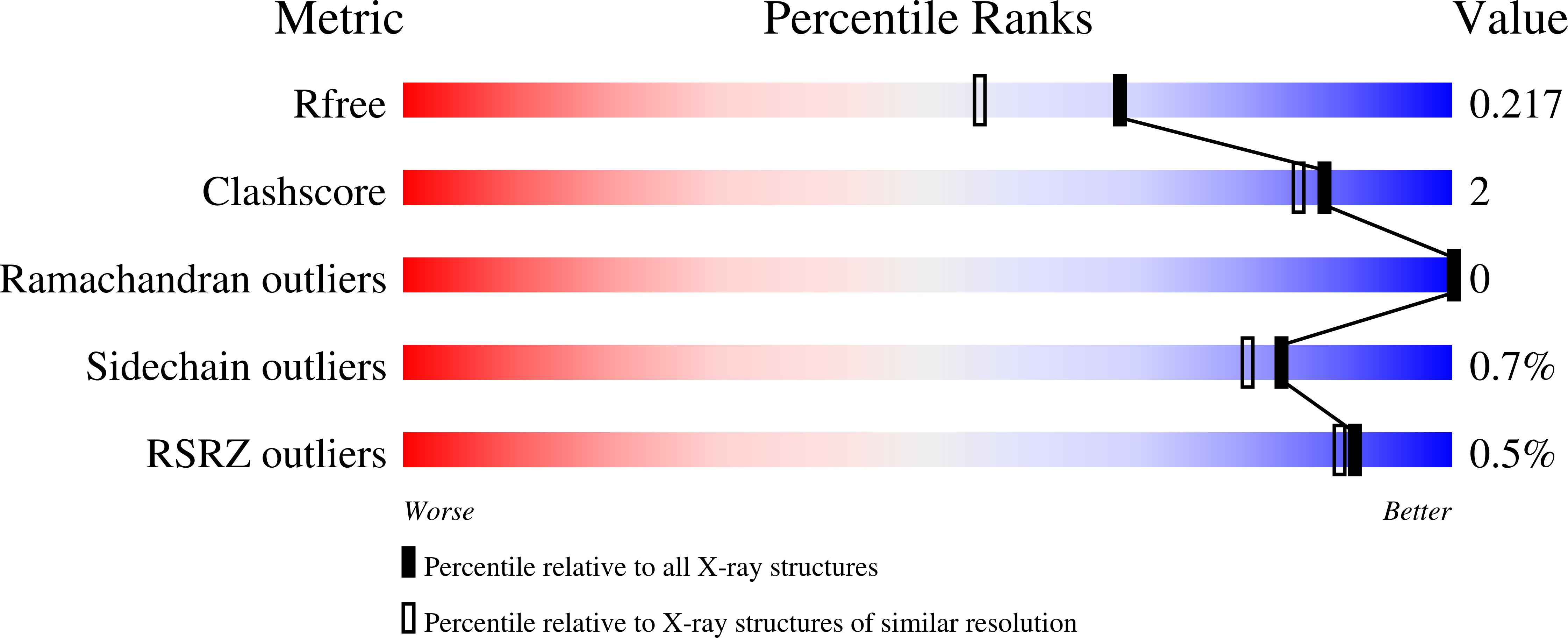
Deposition Date
2021-12-13
Release Date
2022-07-20
Last Version Date
2024-10-23
Method Details:
Experimental Method:
Resolution:
1.82 Å
R-Value Free:
0.21
R-Value Work:
0.18
R-Value Observed:
0.18
Space Group:
C 2 2 21


